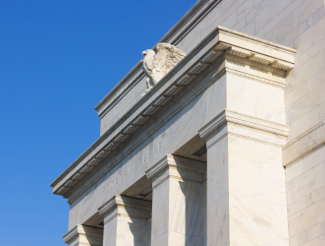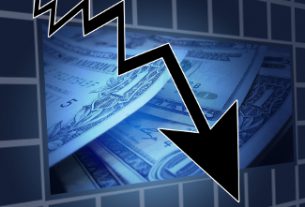Last week the Federal Reserve made waves in markets by announcing that it would immediately offer $1.5 trillion in funding for repo markets. While that made for a nice stock market bounce in the immediate aftermath of the announcement, it couldn’t keep stock markets from losing the most points in a single day in their history. Markets bounced back on Friday, however, although it isn’t certain that was due to the Fed’s actions. But what exactly is the Fed doing with repo markets, and why is that important?
Repo markets are markets that deal with repurchase agreements, known as repos. A repo is a repurchase agreement, most often involving government securities such as US Treasury bonds. One party to the agreement agrees to sell securities to the second party, then buy them back at a specified time at a higher price. The difference between the sale and purchase price is the implied rate of interest.
Repo markets are a common means for companies to access short-term liquidity, and use of repo markets has become widespread. If firms aren’t able to get funding in the repo market, they could get into financial difficulties, such as not being able to repay loans, not being able to make payroll, etc. If liquidity dried up system-wide in repo markets, it risks bringing down hundreds of firms who have come to depend on repos for short-term financing.
In October 2019, the Fed intervened in overnight repo markets for the first time since the 2008 crisis. While it didn’t make huge waves outside financial circles, the Fed was pumping in on average over $200 billion per week to stabilize repo markets. That was over twice the amount of money the Fed pumped in during the worst part of the 2008 financial crisis.
Just recently the Fed announced that it will begin a series of weekly $1.5 trillion repo market operations to shore up liquidity issues in repo markets, with each individual operation lasting for up to three months at a time. The total amount of these most recent repo operations could be up to $5.5 trillion at a time. That sum is:
- 34% greater than expected federal government outlays in FY 2020
- 30% greater than the Fed’s current balance sheet
- 13% larger than the Japanese economy
- 50% larger than the German economy
- 55% of the total amount of US corporate debt outstanding
- 5,000% greater than the amount the Fed pumped into the system in 2008
These are astounding figures. In 2008 we were told that the sky was falling, that the entire financial system would collapse if the government didn’t do something. The fact that the Fed is now prepared to pump 50 times more money into repo markets than it was back then, a sum nearly 8 times larger than the Treasury’s bank bailout, is a sign that financial markets today are in much worse shape than in 2008, and are on the verge of a complete breakdown.
Markets are flashing huge warning signs that the economy is unhealthy and that stock markets will continue to plummet. Investors who keep thinking they’ll “buy the dip” and reap the benefits of a rebound will find out the hard way that there is no rebound from this drop. We’re still a ways away from the stock market bottom, and investors who haven’t already moved out of stock markets and into gold will continue to see major losses.
This article was originally posted on Goldco.





